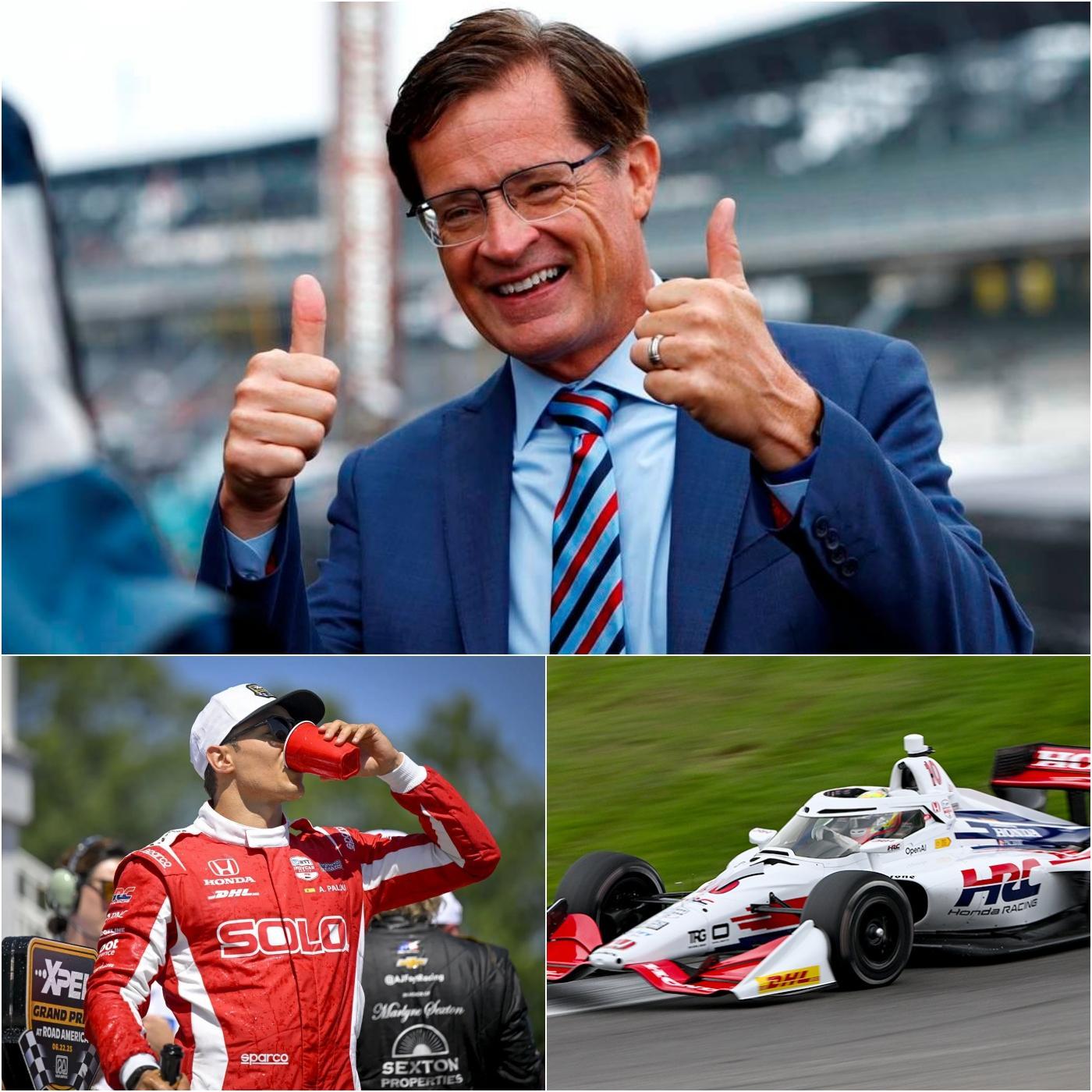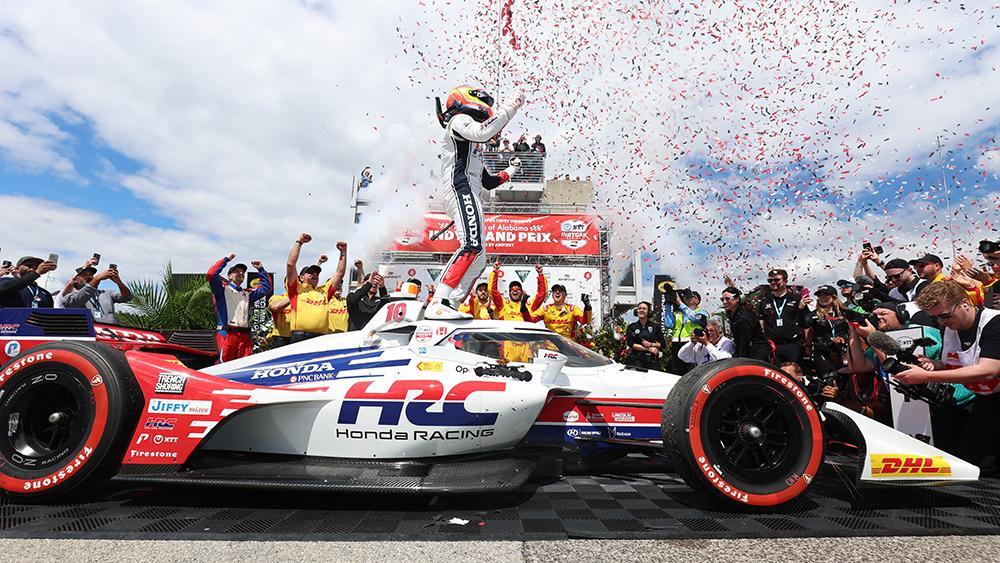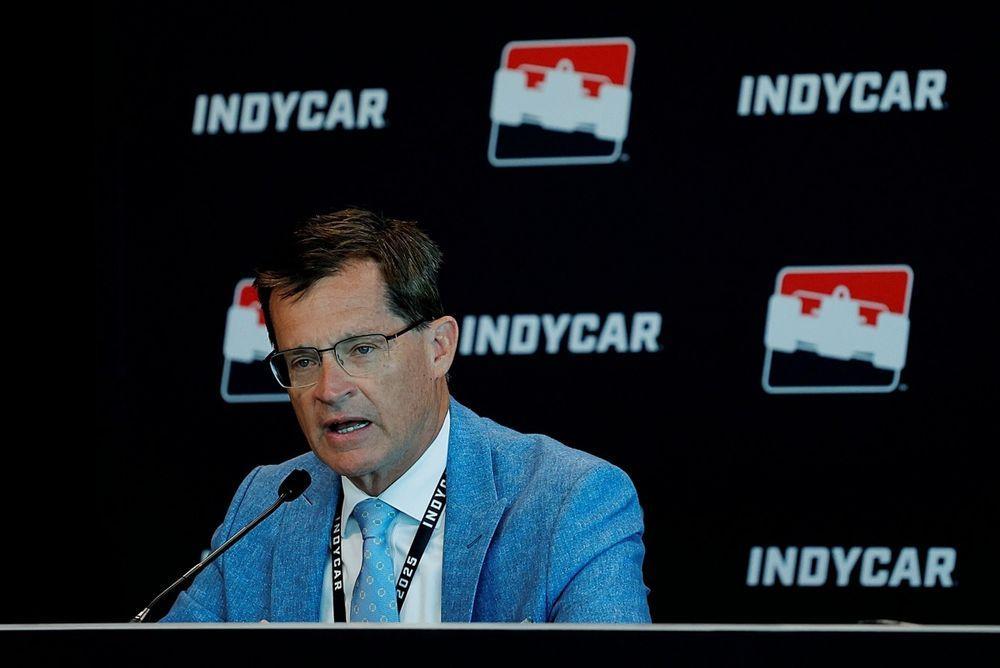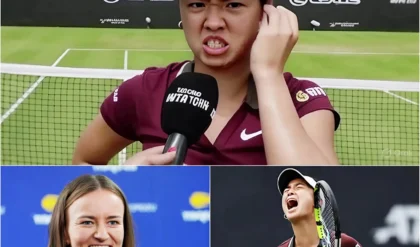In the fast-paced, ever-evolving world of motorsports, there are few things as iconic as a car’s livery. The colors, design, and branding of a car’s exterior are more than just decoration; they represent the identity of both the team and the sponsors, serving as a visual symbol of success and recognition. While Formula 1 (F1) has long maintained a tradition of sticking with a car’s livery throughout the entire season, IndyCar teams have taken a bold and somewhat surprising approach by frequently changing their car liveries during the racing season. This striking contrast has left many racing fans and industry insiders questioning the reasoning behind such a stark difference between these two major racing leagues.

F1, the pinnacle of motorsport, is known for its consistency and adherence to tradition. Teams typically unveil a single livery design at the start of the season, and this design stays unchanged for the entirety of the year. This consistency is not just about maintaining a team’s identity—it’s a vital element of the marketing strategy. In F1, the car’s livery is intricately linked to the team’s sponsors, with the placement of logos and colors carefully selected to maximize exposure and brand visibility throughout the season. The stability of the livery design ensures that the team’s sponsors receive continuous, predictable exposure, an important factor in the high-stakes business of motorsport sponsorship.
On the other hand, IndyCar teams have become known for their dynamic approach to liveries. It’s not uncommon to see a car’s design evolve throughout the season, with sponsors opting to alter their branding or change the promotional messages based on current campaigns, events, or partnerships. This flexibility allows teams to tailor their liveries to reflect new deals, marketing initiatives, or even regional preferences as the series travels to different locations. It also provides a platform for sponsors to gain additional visibility by associating themselves with multiple campaigns over the course of the season, rather than being locked into a single design.

The real explosive reason behind IndyCar’s willingness to change liveries, as opposed to F1’s adherence to tradition, lies in the very different nature of their business models. While both IndyCar and F1 are lucrative industries, IndyCar’s revenue streams rely heavily on regional sponsorship deals, where exposure in specific locations and demographic groups can significantly impact a team’s bottom line. Changing liveries allows teams to cater to local markets, while also allowing sponsors to make a bigger splash in specific races or regions. In contrast, F1 teams are much more global in scope, with sponsorships that are often more overarching and focused on global visibility, making a consistent livery design a more strategic choice.
Another contributing factor to this difference is the nature of the fan bases. F1 fans are known for their deep attachment to teams, drivers, and their consistency, often seeing the car’s livery as an extension of the team’s legacy. This strong bond with tradition plays a crucial role in maintaining the integrity of the sport. IndyCar fans, while passionate, tend to focus more on the overall excitement of the racing itself and the changing dynamic of the sport. For them, the occasional change in the car’s design adds an extra layer of excitement and novelty to each race.

Ultimately, the contrasting approaches to car liveries in IndyCar and F1 are not just about aesthetics—they reflect the different philosophies and business strategies of the two series. Whether you’re a fan of IndyCar’s ever-changing designs or F1’s steady traditions, one thing is clear: both approaches have proven successful in their own right, each appealing to their respective fanbases and sponsors in unique ways.





